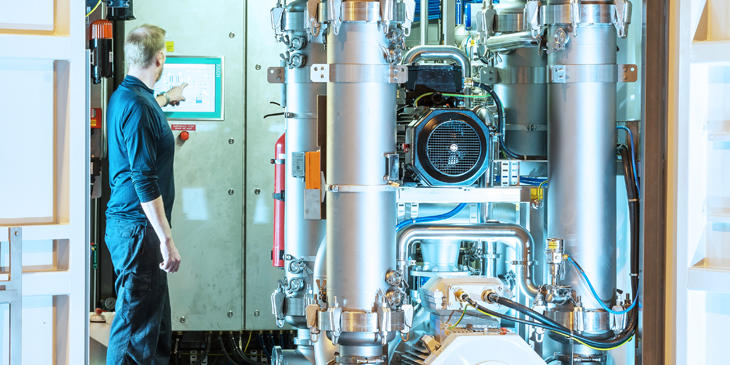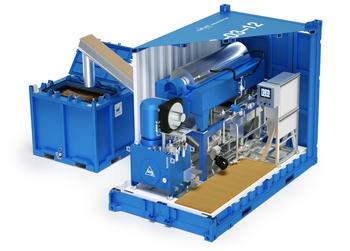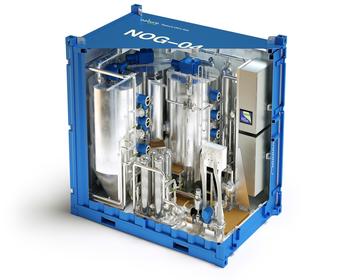
Slop Treatment
The cost savings derived from the use of on-site slop treatment service for rigs, FPSO’s, early production facilities and “clean in place” applications are significant when compared to the alternative costs of “ship-to-shore” solutions.
Whether treating slops from abandonment wells,or from drilling activities we can supply the correct combination of solids and oil removal technologies for your specific needs.
On-site slop treatment is used to:
- Reduce the volume of slop sent to shore, and thereby reduce cost. Savings can be significant if alternative is to transport slop to a shore facility. Estimates show that on-shore slop treatment, including transport from offshore can be an average of kr 4.000,- pr /m3 slop generated.
- Ensure that discharges to sea are below 30 parts per million oil content. Many operators in the North Sea have their own self imposed oil in water limitations that are well below the 30 ppm limit.
IKM Production technology can offer 2 types of system depending on the slop characteristics for a specific job type.
The Xtract system is based on separation through a coated ceramic rod (membrane). This system is often deployed for final polishing of slop volumes. The discharged water contains typically less than 1 ppm oil. No chemicals are required, and the system can be run automatically.
The Xpel system is based on a combination of flocculation and flotation using green chemicals, and will render slop discharges to below 10 ppm oil in water. The Xpel system has been successful where emulsions and completion fluids need to be treated, hence it is often used for plug and abandonment scenarios where displaced wellbore fluids need to be treated.
To assist the Xtract and Xpel systems in situations where solid removal is necessary, we can provide a decanter/centrifuge system which is run in series with the slop systems.




